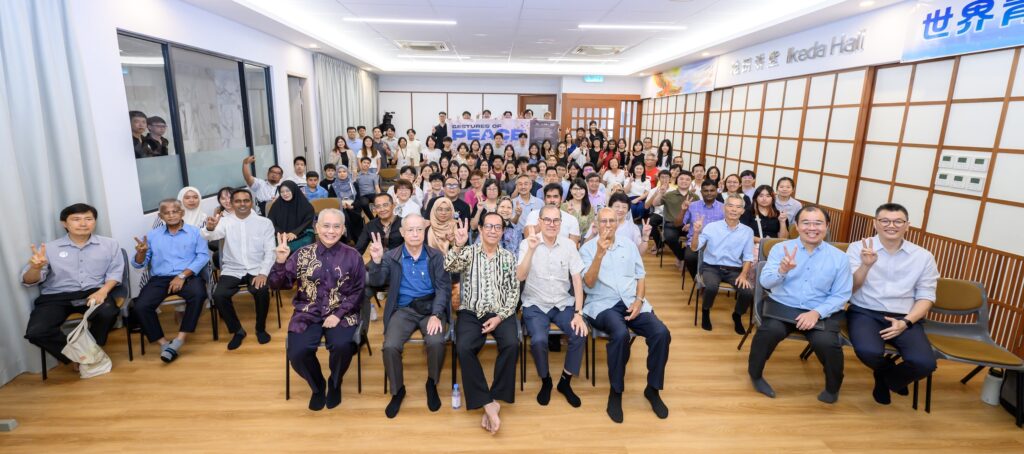“Gestures of Peace” Exhibition
In commemoration of the 80th anniversary of the atomic bombings of Hiroshima and Nagasaki, SGM Peace Committee initiated an event titled the “Gestures of Peace” comprising an exhibition and a talk. Held at the Soka Peace Centre Malaysia (SPCM) in Penang from 13 September–15 October, the exhibition was officiated on 28 September by Prof Emeritus Tan Sri Dato’ Dr Dzulkifli Abdul Razak, son of Malaysia’s only atomic bomb survivor Abdul Razak Abdul Hamid.
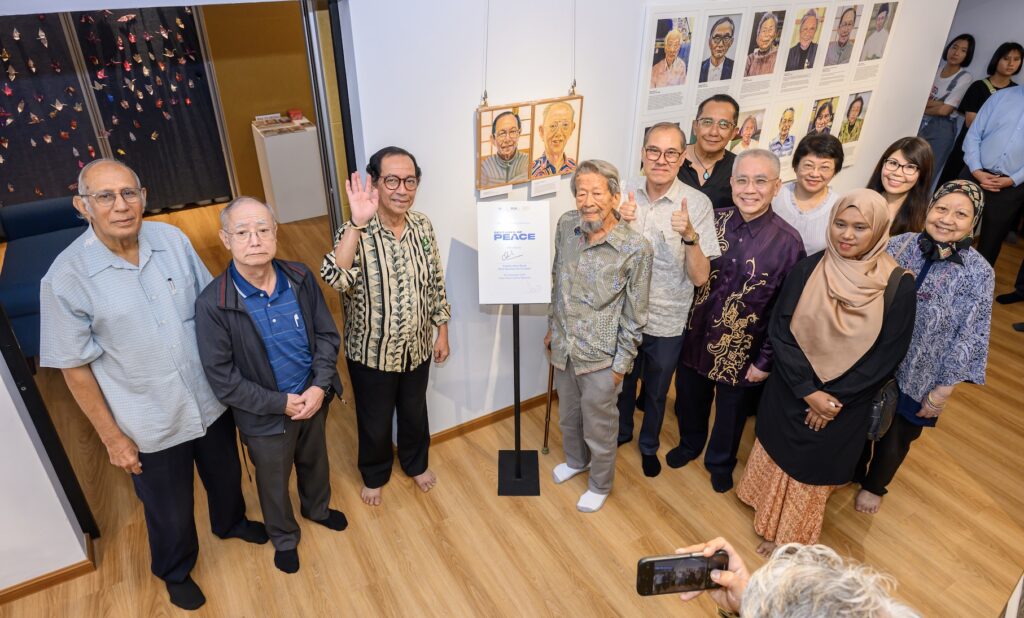
The exhibition was a collaboration between SGM and Universiti Sains Malaysia (USM)’s Muzium & Galeri Tuanku Fauziah and School of the Arts, encouraging everyone to remember history and value peace.
The exhibition featured educational panels from the Hiroshima Peace Memorial Museum in Japan, which documented pre-war prosperity, the devastation of the atomic bombings, post-war reconstruction, and the global movement towards nuclear disarmament. Gifted to Tan Sri Dzulkifli by the museum, the panels were later presented to SGM in recognition of our peace efforts.
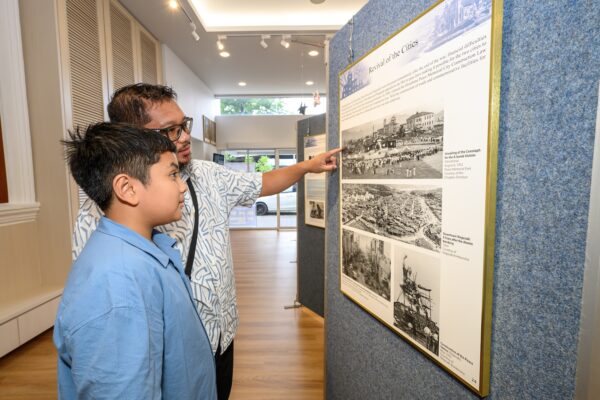 |
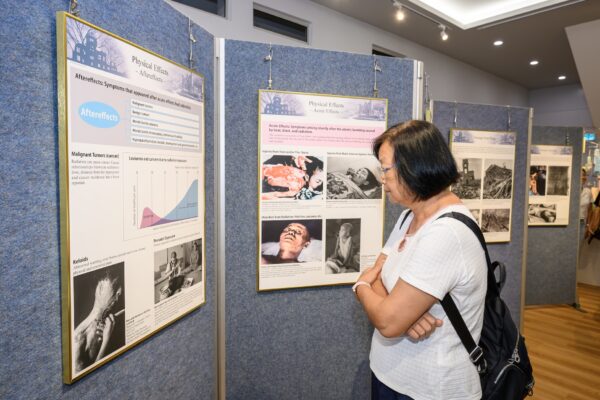 |
USM contributed two World War II artefacts: the Hiroshima Stone and an air raid siren, allowing visitors to encounter history through tangible objects.
Adding a human dimension, Japanese artist Masakazu Masuda presented portraits of atomic bomb survivors and their descendants, including Tan Sri Dzulkifli and his father.
SGM future division members contributed 51 peace-themed paintings, expressing the younger generation’s hopes for a world without war. The exhibition included interactive activities like origami making and a “Peace Tree,” where visitors hung their wishes for peace.
The educational panels and artworks by future division members were later exhibited at the SGM Penang Culture Centre in October, and will be shown at the SGM Bukit Tambun Culture Centre in November.
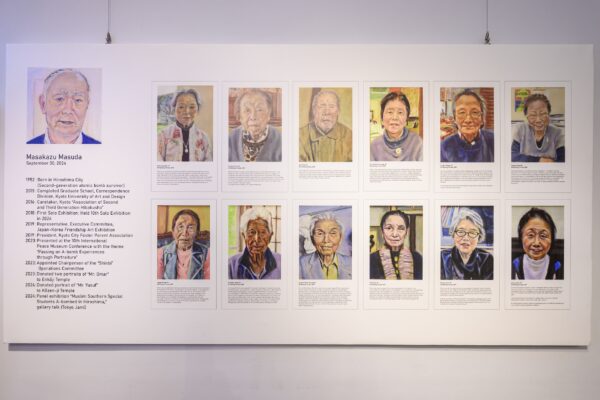 |
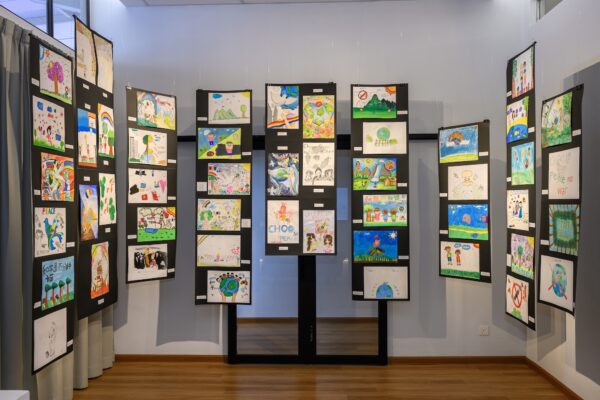 |
Peace Talk
Following the launching of the exhibition, Tan Sri Dzulkifli delivered a peace talk, attended by 110 on-site and 214 online participants from all walks of life. He began by sharing the story of his father Abdul Razak, a survivor of the Hiroshima bombing. Since the age of 10, he had listened each year on 6 August (the anniversary of the bombing) to his father recounting those memories.
He emphasised that even after 80 years, the scars of history remain deeply etched. Countless survivors still carry painful memories, reminding us that peace is not merely an abstract ideal, but a shared responsibility of all humanity. As he shared his father’s struggle to survive amid the ruins, and the suffering endured by countless others, he conveyed the profound cruelty of war.
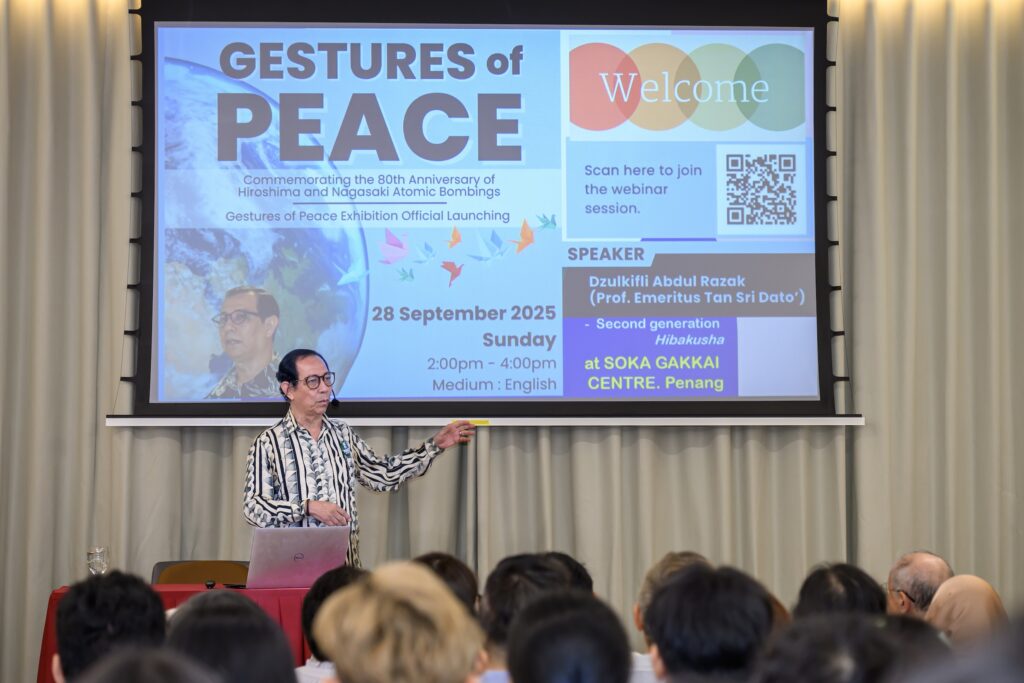
Speaking on the power of art, he commended artist Masakazu Masuda for his efforts to preserve the memories of atomic bomb survivors through painting. He noted that statistics alone cannot convey the depth of suffering, only art and visual storytelling can truly move the human heart and awaken empathy for peace.
He also shared his touching encounter with Mrs Kurihara, a 99-year-old Hiroshima survivor, who entrusted him with the mission of passing on her story to Malaysia’s younger generation – a promise that further deepened his resolve to continue promoting peace.
Participants also watched the short film August, directed by Anderson Ee Kim Tiong, which traces the journey of Abdul Razak. Through archival footage and narration, the film portrays his harrowing survival and grief.
Attended by many youths and students, an engaging Q&A session followed, where participants shared their reflections and questions on the message of peace. The reflective talk not only reminded the audience of the enduring trauma caused by the bombings, but also called for collective action to uphold the vision of peace and work towards a nuclear-free future.
